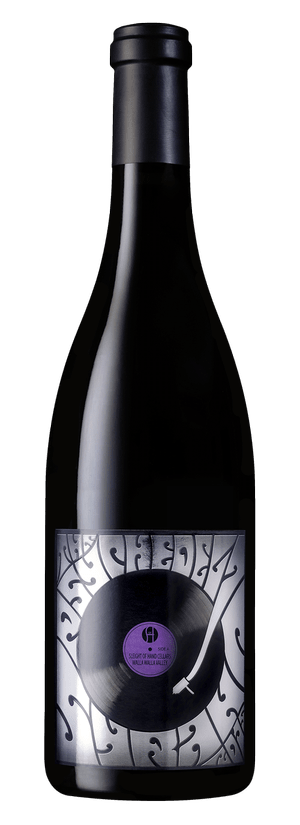Acidity
Generally, people dislike the term 'acid' or worry that means the wine is going to be unpleasant or bad for them. In truth all wine is acidic, and is crucial for balancing a wine and providing a certain "freshness" to the experience. Its the component of wine that makes your mouth water, or give the sensation of a puckering tartness. It's much like a bass-line in a song, you may not always know its there--but you can definitely tell when it's not.
Tannin
Tannins are a polyphenol that create the "astringent" or "drying" feeling on the palate when one drinks red wines. Tannins are found in several primary sources, but cheif amongst them are the skins and seeds of grapes. In wine the other primary place we encounter tannin is in the oak of the wine barrel itself. Tannins are one of the key elements that make pairing red wine such a useful tool when pairing cuisine with a beverage. Many other beverages simply don't carry a noticeable amount of tannin and as a result lack this very crucial sensation that can provide incredibe depth to a meal pairing. The greatest examples of highly tannic wine are Cabernet Sauvignon, Nebbiolo, Tannat, Sangiovese, Syrah, and Montepulciano.
Body
Body is a pretty straightforward concept in the wine world, however body is sometimes confused with tannic profile or acidity. When we're speaking about the "body" of a wine, quite simply it is what is the viscosity of the liquid, or the character imparted by the "weight" or "mouthfeel." The best way to think about body of a wine, is by using milk as an amalgam. If the wine has a similar texture or mouthfeel to skim milk, it's a lighter bodied wine. If it's closer to a 2% or half and half, it's going to be more full bodied. Both white wines and red wines can be either light bodied or full bodied. For example, many pinot noir's will be lighter bodied than a marsanne-roussane white blend.
















